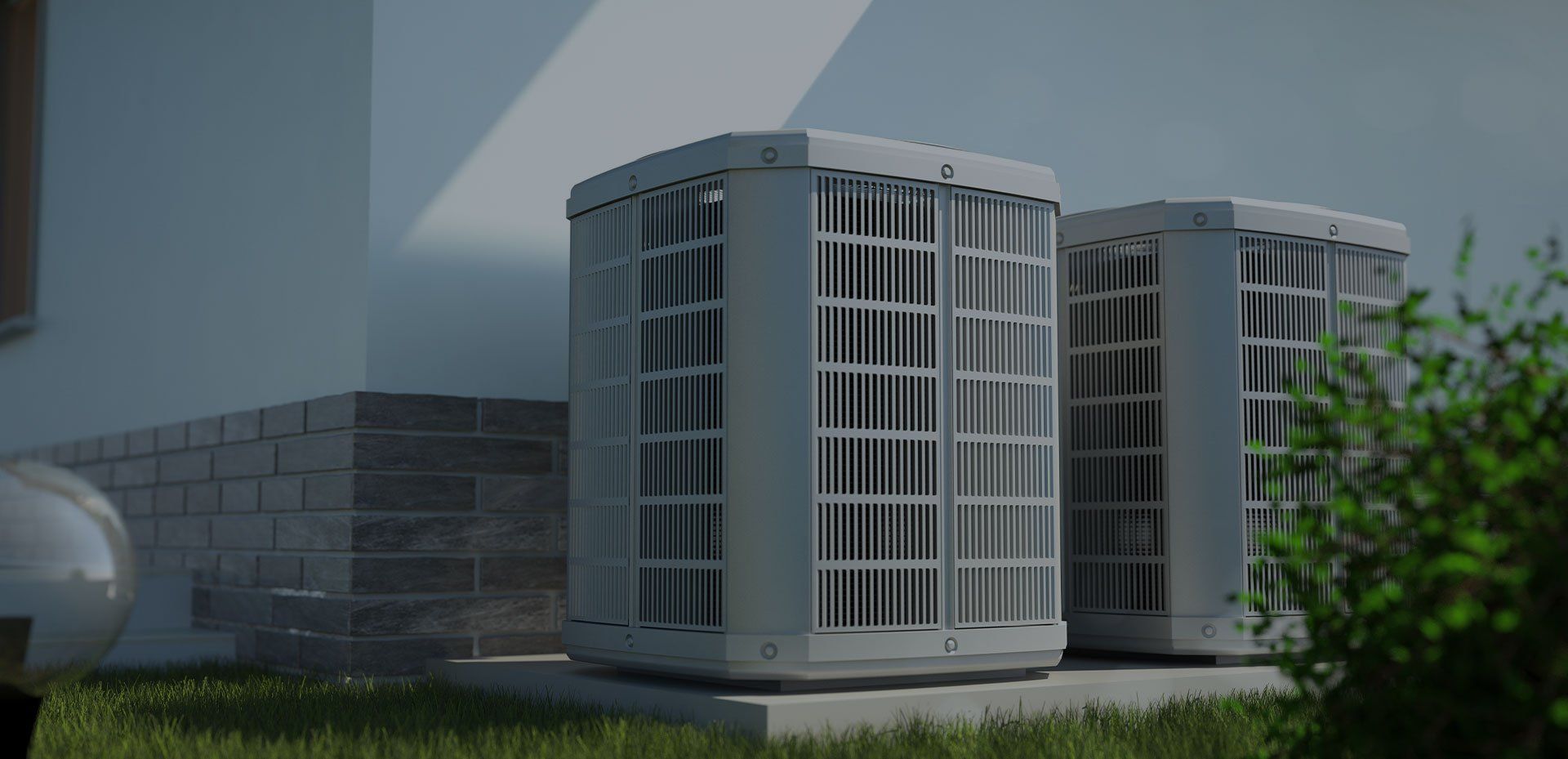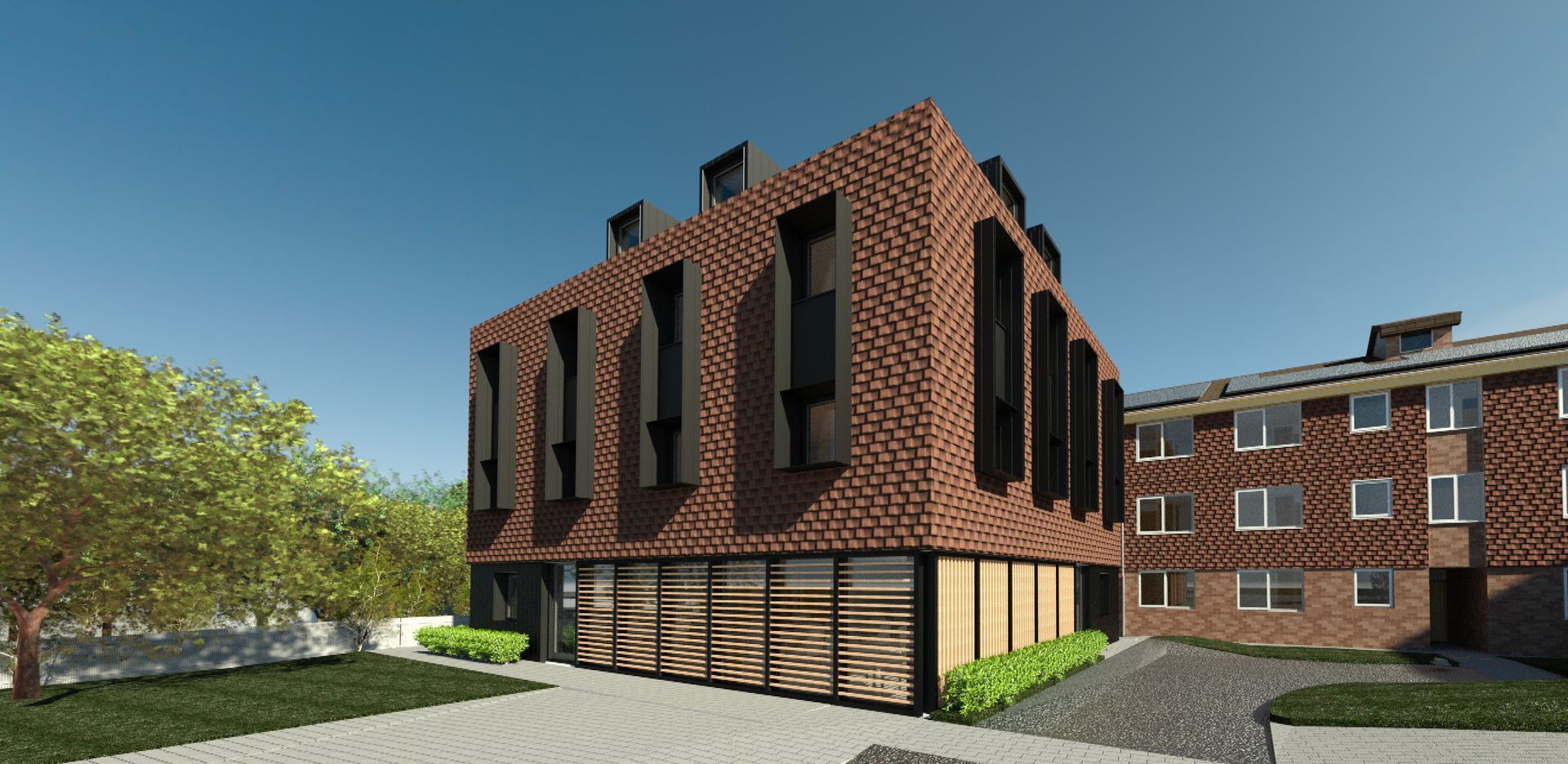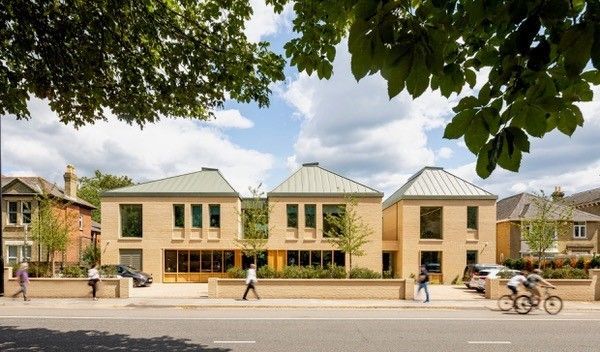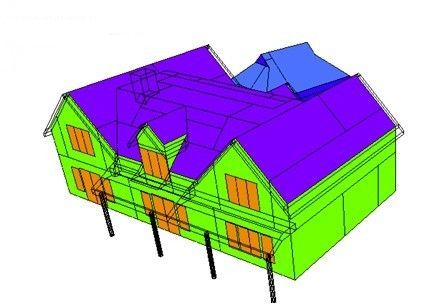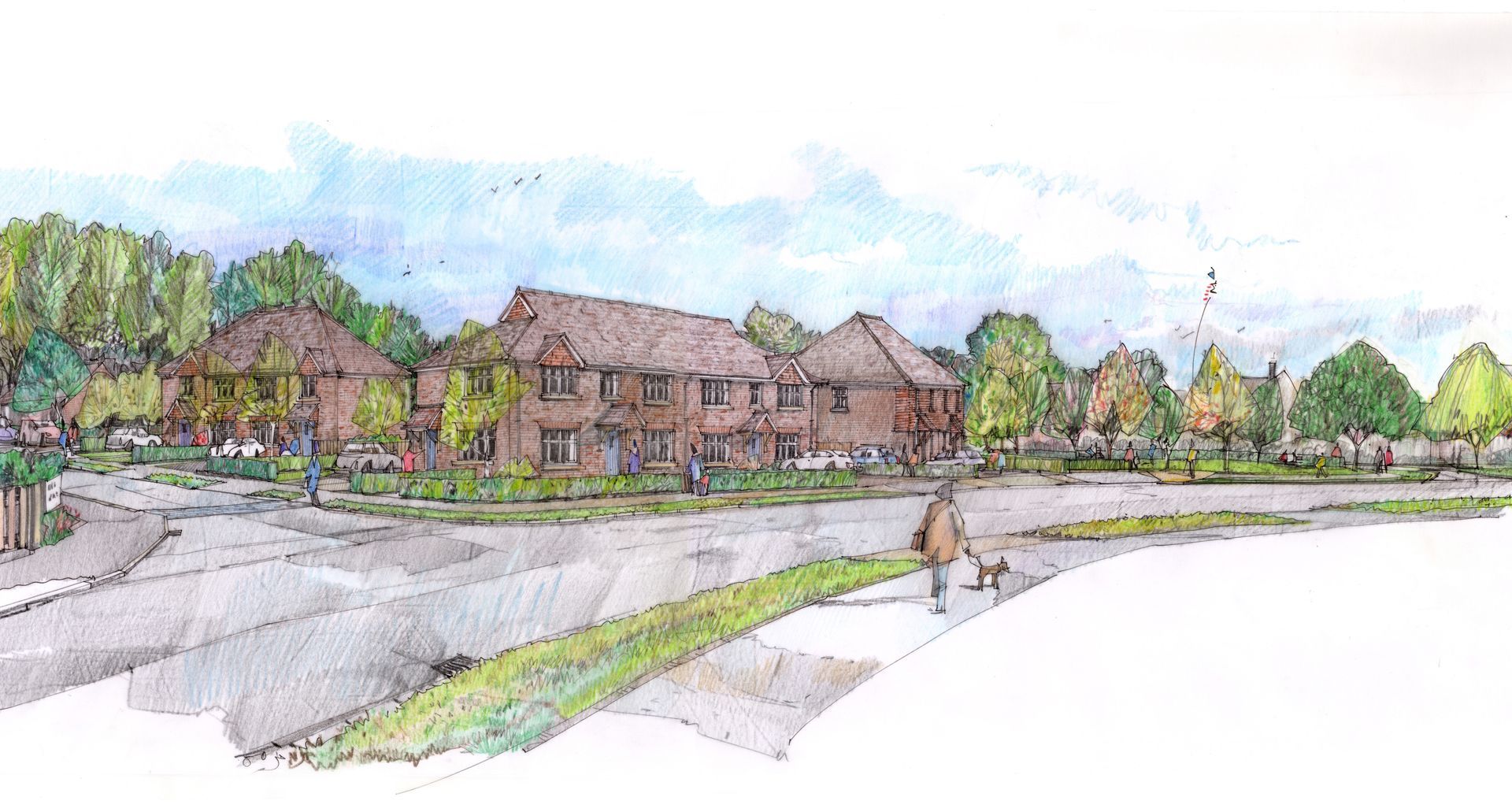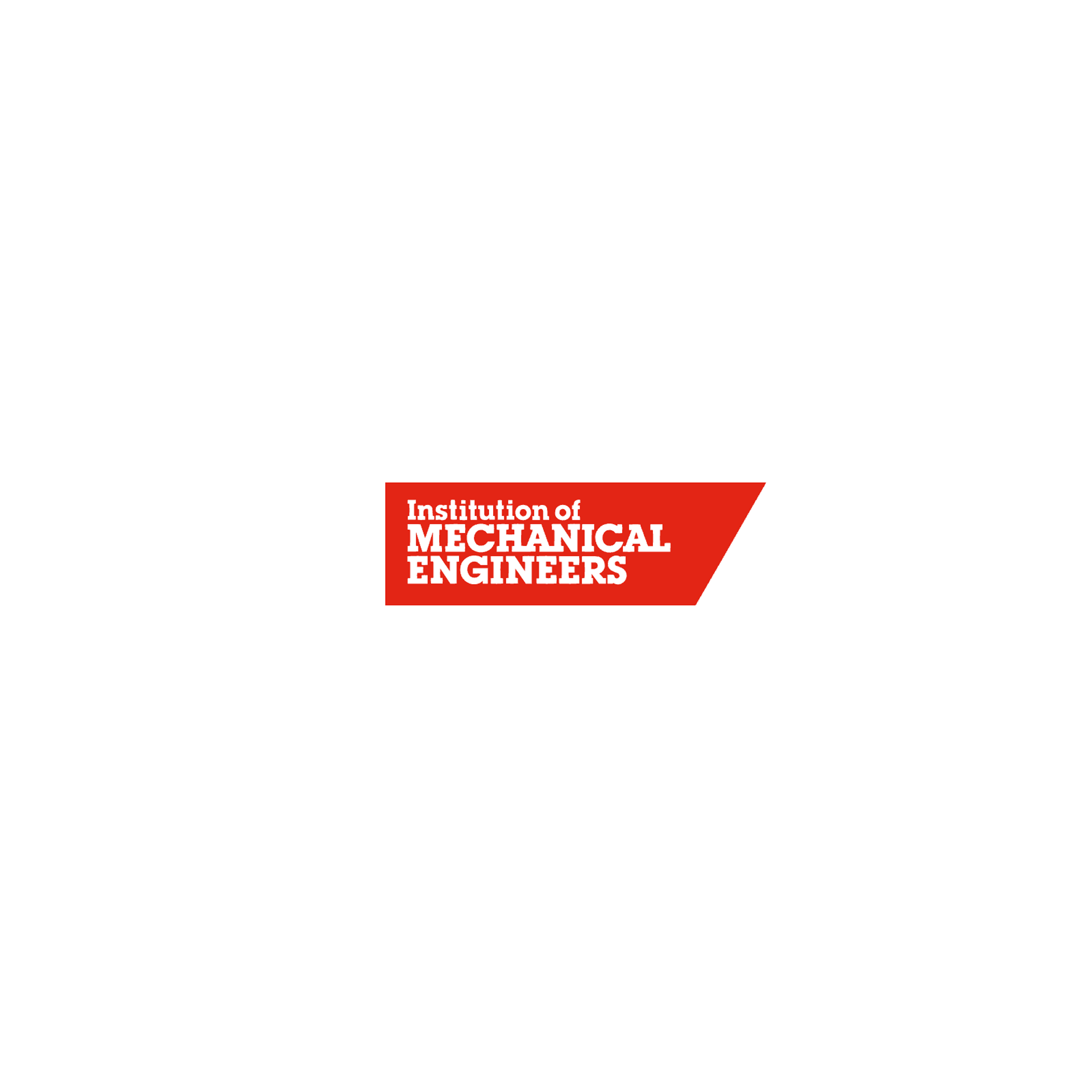How do heat pumps work? Mesh Energy explains
In the first of our
Mesh Energy Explains series of blog posts, we’re looking at just how heat pumps work; specifically, how energy is harvested and transported into the home using little more than an electrical supply. Those of us working in the renewable technology sector often forget that sometimes we need to return to basics and explain some of the fundamentals to those just entering into the field or researching for their personal provision. So, here goes…
A brief history of heat pumps and the basics
In the 19th Century, William Thompson, otherwise known as Lord Kelvin (of temperature scale fame), pioneered the concept of the heat pump using a refrigerant cycle to prove that heat energy could be used to cool. In fact, he foresaw use in air conditioning and refrigeration.
In the 1940s, Robert C. Webber is credited with creating the first modern day heat pump and we haven’t looked back since. Today’s heat pumps work in exactly the same way; with developments in efficient compressor technology and refrigerant gases incrementally improving operational efficiency of the units.
Heat pumps are often described as “fridges working in reverse”. Energy in fridges is extracted from the enclosed interior of the fridge, keeping your food cool and using a tiny amount of electrical energy to power a small compressor. This extracted heat is “processed” and ultimately expelled at the back of the fridge via an element.
A heat pump uses an identical principle and strips low-grade energy from the natural environment using the process of gas evaporation. Once compressed by the compressor cycle, it is during its condensation phase that high temperature energy is exchanged into your under floor, radiator or domestic hot water system.
The diagram below shows the basic cycle.
As a general rule, heat pumps as we know them today use three distinct mediums to harvest energy: earth/ground, air and water. Being pedantic, it is the water moisture in all of these mediums that helps with energy transfer, but for clarity we will stick with these three.
So, it is the changing heat source that helps the evaporation phase of the refrigerant cycle that gives heat pumps their name.
Ground source heat pumps
Ground source heat pumps (also known as geothermal heat pumps) use two practical methods for harvesting energy.
The first method is horizontally buried pipework in the ground which has a glycol/water mixture pumped around it to stop it freezing. The pipes are buried at approximately 1.5m below the ground level and the ambient heat of the earth (nominally 8ºC-12ºC) provides energy to the liquid flowing through the buried pipes. The fluid, which warms up just a few degrees in its journey in the ground, heads back to the heat pump. The water that heads back to the heat pump from the ground collector is often only around 5ºC but this small temperature is passed through a plate heat exchanger and with a significant flow rate, boil the gases in the ground source heat pump refrigerant circuit and impart large quantities of thermal energy to the home using an electric compressor.
Alternatively, the second method uses vertical boreholes (circa 100m) which can be drilled and which require significantly less ground area. These still rely on the ground’s low level thermal energy to warm the fluid but, because of the depth, much more stable ground temperatures are found, and the efficiency of the system improves.
Typical ground source heat pump efficiencies year-round are around 400%.
Air source heat pumps
Air source heat pumps use an external fan unit to draw air across the evaporator unit, which exits at the back of the unit cooler than it entered. Because of varying seasonal air temperatures, these heat pumps are less efficient than their ground source cousins. As a rule, the colder the outdoor air gets, the harder the system has to work to strip energy from the air and elevate it to heat the home.
Air is sucked into air source fan units using a single fan (or fans) and refrigerant pipes strip heat from the air. The air exits the fan units at a cooler temperature. You may be surprised to hear that air source heat pumps can successfully extract energy from the air down to well below -20ºC. Because the refrigerant in the heat pump boils at such a low temperature, even air well below freezing temperatures can give up its heat.
Due to energy in the air affecting outputs from air source units, the efficiencies of these systems typically vary from 450% efficient in the summer and 250% efficient in the winter months. This means that even in the winter one unit of electricity can supply 2.5 units of heat to the home using ‘freezing’ cold air and some clever physics!
Water source heat pumps
Water source heat pumps are so called as they are used in lakes, ponds and streams to harvest energy.
“Open loop” and “closed loop” systems are used. Open loop systems can be likened to a hoover sucking up water and using this direct energy to transfer to the evaporator via a plate heat exchanger. The closed loop system is basically a ground source system with loops or panels buried or pinned under water to harvest energy from the body of water. There are many advantages regarding the amount of energy that can be harvested from pure bodies of water, especially streams and rivers, as flow rates are high and ensure an almost endless supply of energy to the heat pump.
Due to the high levels of energy in the water, water source heat pump efficiencies can exceed 500%.
Still have questions? Speak to us!
So, there you go. A whirlwind introduction to the magical, yet practical basics behind the increasingly common heat pump!
If you still have any questions about the wondrous world of heat pumps and the part they could play in your low-energy home, please don't hesitate to
get in touch with the Mesh team today.


